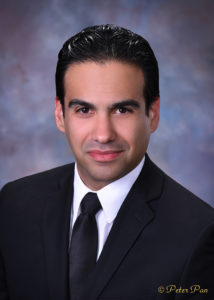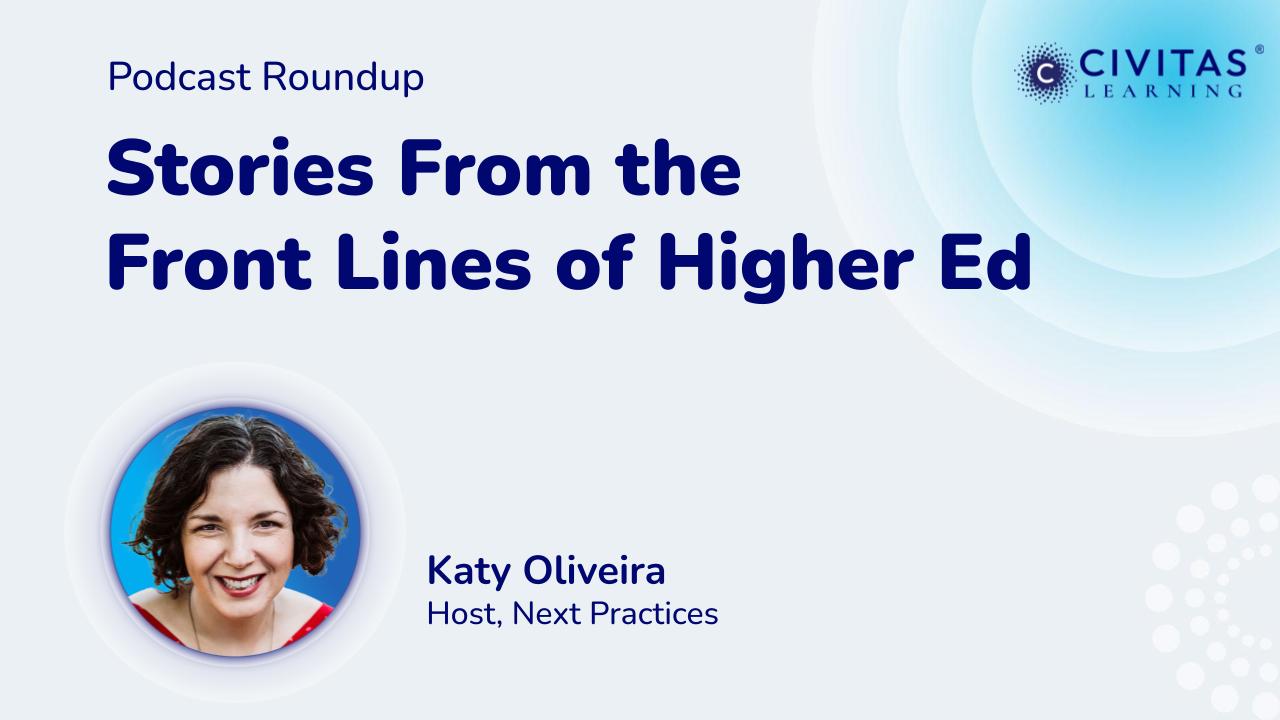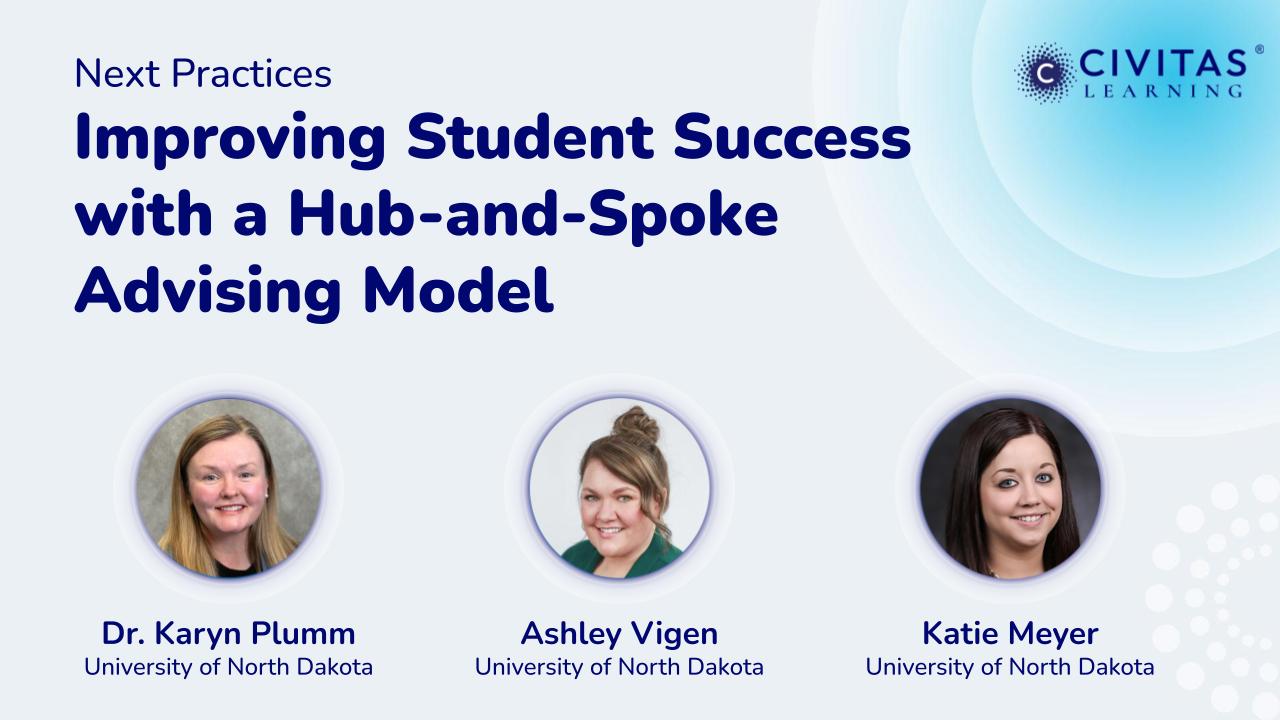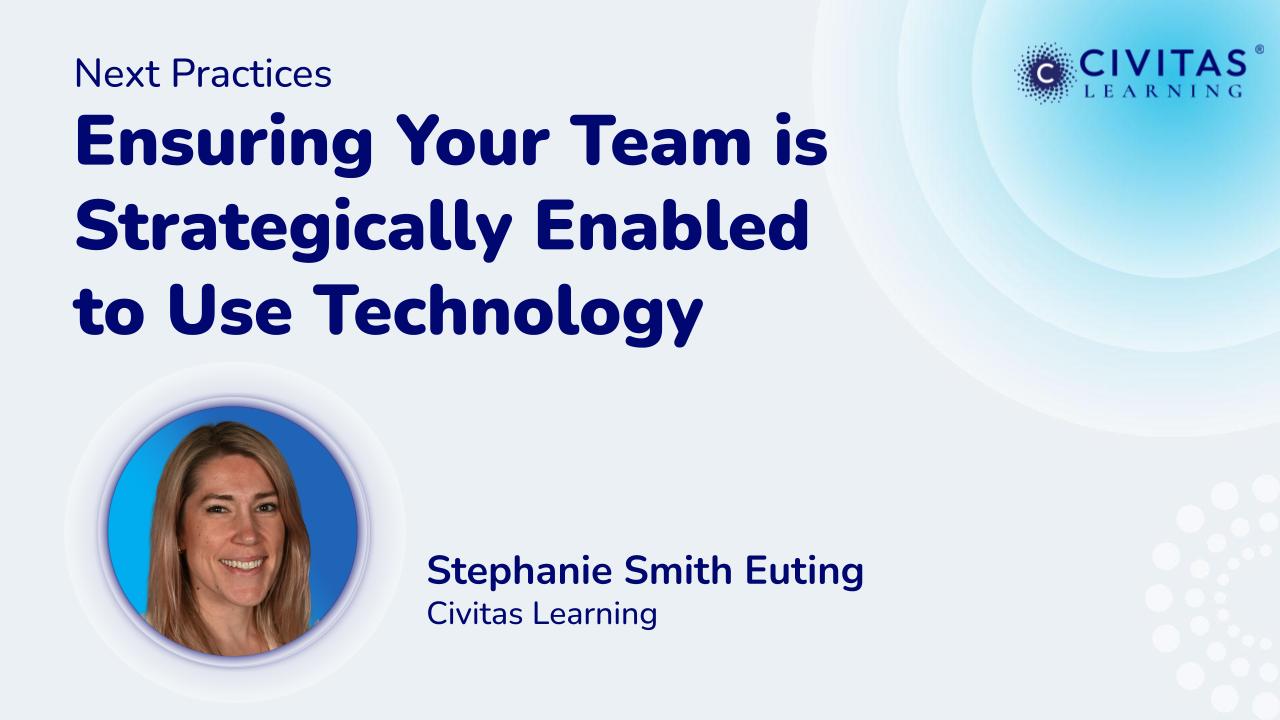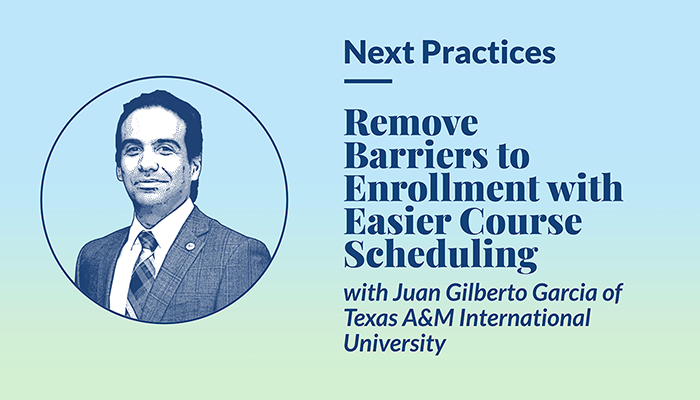
Remove Barriers to Enrollment with Easy Course Scheduling with Juan Gilberto Garcia, Jr.
Share this Post
Subscribe: Spotify | Apple Podcasts | Youtube Music
With all that has happened in the last couple of years, engaging students proactively is more important than ever. But how can we do that when students and potential students have barriers blocking their way? We have the unique opportunity to remove those barriers and support students in many ways through community events and real human connections.
Today’s guest is Juan Gilberto Garcia Jr., Vice President of Enrollment Management at Texas A&M International University. In our conversation today, Juan shares their tactics for boosting engagement and graduation rates. By creating accessibility to incoming freshmen through huge community events, students begin their higher education journey with a planned schedule well before summer orientation. By having this piece of the puzzle already in place, students hit the ground running and can spend their orientation time and meetings with advisors by making connections and gaining the support they need for success.
Show Notes:
- [2:39] – Juan describes some of the problems faced in regards to completion.
- [3:47] – At Texas A&M, they are streamlining advising efforts across all areas.
- [5:13] – When making hand-offs, it must be visible and transitions need to be accessible.
- [6:20] – Juan explains some of the problems the pandemic has created for engagement.
- [7:48] – Advising sessions need to be meaningful.
- [8:39] – Civitas Learning has helped Texas A&M with scheduling and making an advising experience more human relationship-based.
- [10:38] – Juan describes the orientation process and how they create accessibility to local high schools.
- [12:10] – Using Civitas Learning’s scheduling capabilities students even in high school can see an advisor, and advisors can build the schedule and focus on customer service.
- [13:41] – At these recruiting events, Civitas Learning’s scheduling capabilities can be used anywhere with an internet connection.
- [14:45] – Local high schools are focused on in April and Juan describes what they look for and how they work with each individual student.
- [16:10] – Several different representatives in various departments are present at these events.
- [18:31] – The results of these events give the college a guide on where they need to put their efforts afterward.
- [20:51] – Orientations currently have over 91% participation.
- [22:44] – Removing the scheduling component from the orientation gives students the opportunity to meet others and increases engagement before they even begin.
- [24:41] – The benefit of scheduling this way gives advisors a more human connection with students.
- [25:30] – Juan uses retention and graduation rate as key data points.
- [27:08] – The first class that graduated with courses scheduled using the scheduler had a 5% higher graduation rate.
- [29:56] – Using Civitas Learning’s scheduling capabilities, students can actually see more options that they didn’t think about previously.
- [32:26] – One of the three important elements to have in place is the right people with the right training.
- [33:36] – Another key element is using the right systems and software tools.
- [34:59] – Then comes a clearly defined process.
- [36:12] – If we fail in these key elements, we are failing students.
